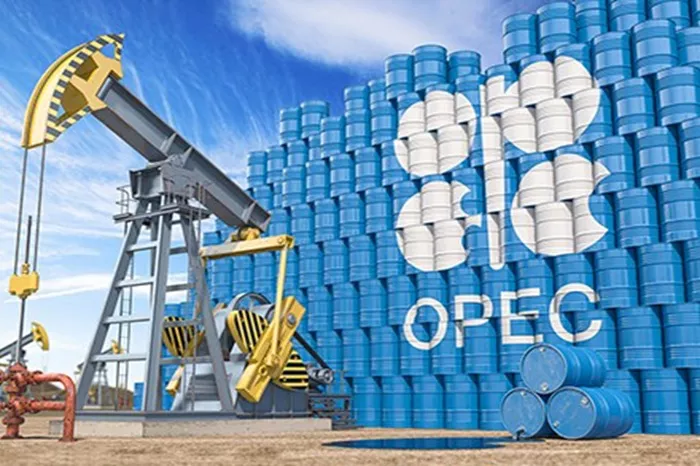OPEC‘s oil production saw a second consecutive monthly increase. The organization, which includes major oil-producing nations like Saudi Arabia, pumped an average of 26.70 million barrels per day (bpd), marking a rise of 70,000 bpd from May. This uptick was driven by higher outputs from Nigeria and Iran, which more than offset voluntary production cuts by other members and the broader OPEC+ coalition.
Despite OPEC+ extending most of its output curbs until the end of 2025 to stabilize the market amidst sluggish demand growth, elevated interest rates, and increased US production, Nigeria’s output surged by 50,000 bpd following the completion of oilfield maintenance. Iran and Algeria also reported smaller increases. In contrast, Iraq recorded the largest decrease of 50,000 bpd, although it continues to exceed its OPEC+ production target.
The survey, relying on shipping data, industry sources, and information from companies like Petro-Logistics and Kpler, revealed that OPEC pumped approximately 280,000 bpd more than the agreed limits for the nine members under the production cut agreements, with Iraq accounting for the majority of the excess.
Led by Saudi Arabia, OPEC’s strategy, despite challenges from rising US and Americas’ supplies, has shown some success in stabilizing global markets. Brent crude futures are currently trading around $87 per barrel, nearing their highest point in nearly two months.
While these higher prices may strain consumers grappling with prolonged inflation, they are expected to boost revenues for OPEC+ nations heavily reliant on oil sales to support government expenditures.
Related topics:
OPEC+ Faces Challenges Despite Brent Oil Price Surge
OPEC Forecasts Doubling Of World Economy By 2045, Emphasizes Oil Role
OPEC Secretary General Raises Concerns Over Critical Minerals’ Role

